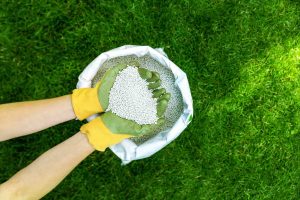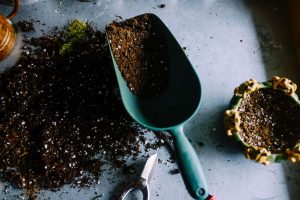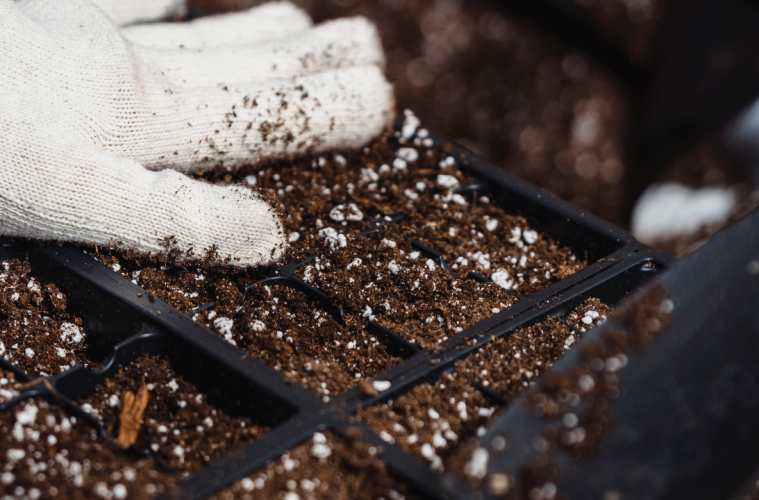Gardening is an art, and like any form of art, it requires the right tools and techniques to flourish. One of the most critical tools in a gardener’s kit is the right fertiliser. Knowing which type of fertiliser to use and when to apply it can make all the difference in achieving a thriving garden.
1. Organic Compost:
Organic compost is the backbone of a healthy garden. Rich in organic matter, it improves soil structure, enhances water retention, and provides a slow-release source of essential nutrients. Compost can be used year-round, making it a versatile choice. Incorporate it into garden beds before planting to prepare the soil. Additionally, you can top-dress your existing garden beds with compost in the spring and fall to maintain soil health. It also works well as a mulch to conserve moisture and suppress weeds.
2. All-Purpose Granular Fertiliser:

Unsplash
An all-purpose granular fertiliser is the workhorse of garden fertilisers. It typically contains a balanced blend of essential nutrients (Nitrogen, Phosphorus, Potassium), making it suitable for a wide range of plants. Apply this fertiliser in early spring as plants enter their active growth phase. Follow the recommended application rates on the packaging to avoid over-fertilisation, which can harm your plants.
3. Slow-Release Fertiliser:
For those seeking a low-maintenance option, slow-release fertilisers are a fantastic choice. They provide a consistent supply of nutrients over an extended period, reducing the need for frequent applications. Use slow-release fertilisers in the early spring to provide a steady nutrient source throughout the growing season. Be sure to follow the package instructions regarding their release schedule.
4. Liquid Fertiliser:

Pexels
Liquid fertilisers are fast-acting and are excellent for providing a quick nutrient boost to plants. These are best used during the growing season when plants are actively developing. Apply liquid fertilisers every two to four weeks during the growing season for annuals, perennials, and vegetables. They’re also ideal for addressing specific nutrient deficiencies.
5. Specialised Fertilisers:
Certain plants have unique nutrient requirements. Specialised fertilisers, designed for specific plant types, cater to these needs. Examples include rose fertilisers, formulations for acid-loving plants like azaleas and camellias, and fertilisers tailored for vegetables. Apply these specialised fertilisers as needed, following the recommendations on the product label for the specific plant type.

Unsplash
When to Apply Fertilisers:
Early Spring: Use an all-purpose granular fertilizer to kickstart the growing season.
Late Spring: Reapply slow-release fertilizer to sustain plant growth.
Early Summer: Apply liquid fertiliser for a mid-season nutrient boost.
Autumn: Use compost to prepare the garden for the following growing season.
As Needed: Specialised fertilisers cater to specific plants and should be applied as required.
Always remember to water your plants thoroughly after applying fertiliser. Adequate moisture helps the nutrients penetrate the root zone effectively. Additionally, reading and adhering to the instructions on fertiliser labels is crucial to avoid over-fertilisation, which can harm both your plants and the environment.
By understanding the various types of garden fertilizers and when to use them, you can tailor your approach to the specific needs of your garden, resulting in a flourishing and vibrant outdoor space.
Nourishing Your Garden: A Guide to the Best Fertilising Schedule
Feature image: Pexels

